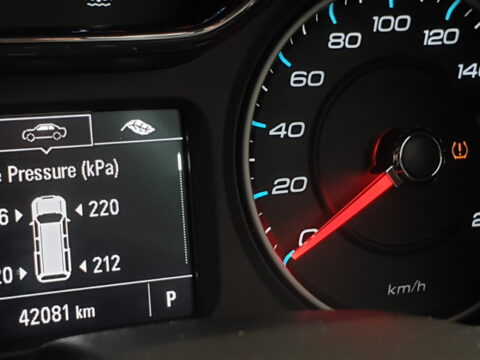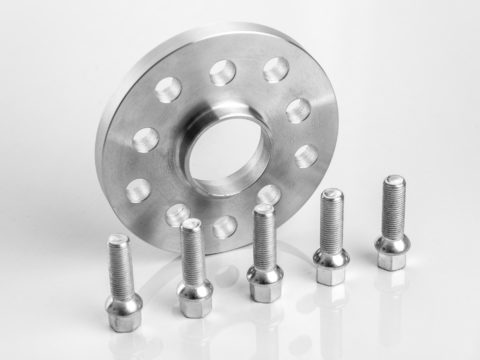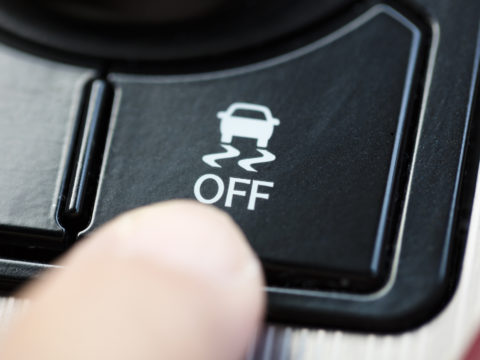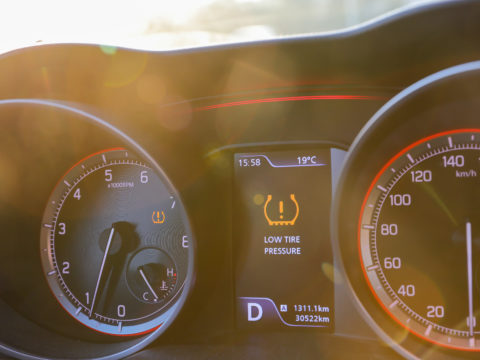Nitrogen tires lose pressure slower than air-filled tires. They also heat up slower because nitrogen heats slower than air. Nitrogen tires will maintain a more consistent pressure, which increases gas mileage.
But what if your tire pressure is low? Is it safe to top off a nitrogen-filled tire with air?
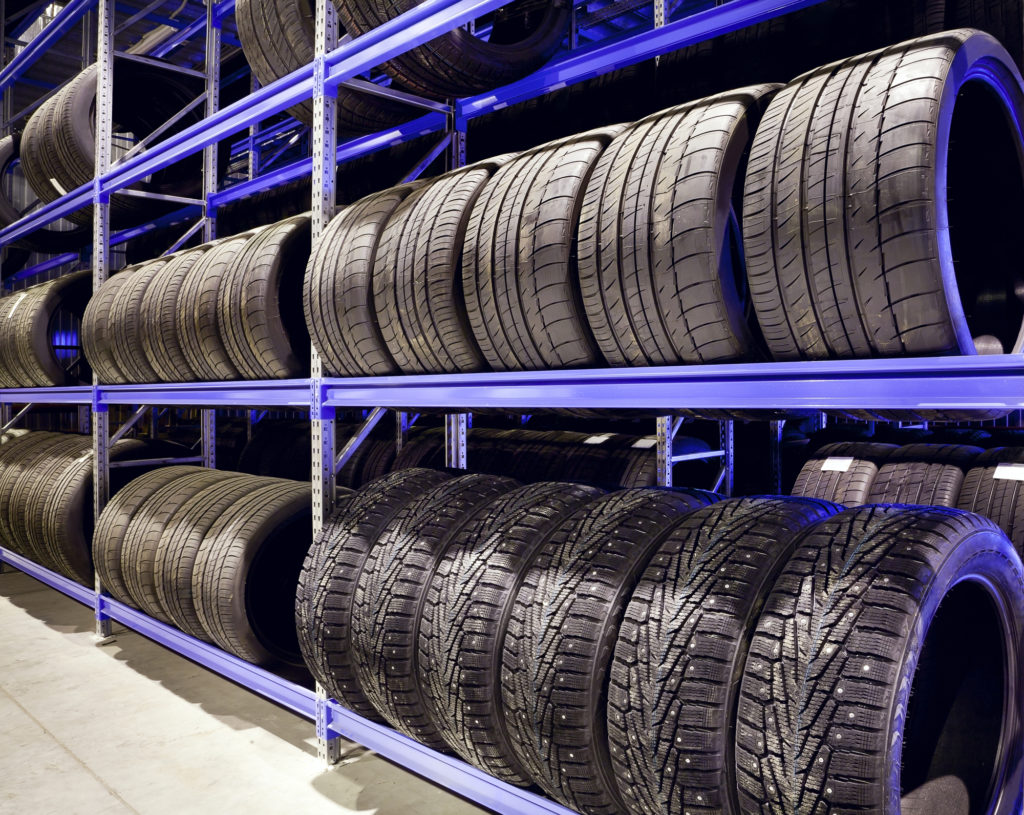
Contents
Can You Refill Nitrogen Tires With Air?
Yes, you can refill nitrogen tires with air. Air is primarily nitrogen and some oxygen, so there’s no need to worry about causing a reaction or ruining your tire.
All tires lose pressure eventually. Over time, the contents of a tire will seep through the microscopic holes in the tire material.
Tires filled with air lose about one to one-and-a-half pounds of pressure each month because of this seepage. Nitrogen in tires seeps out slower because the molecules are larger.
If you discover that you need to add more nitrogen to get your tire back to the proper pressure, but nitrogen isn’t available, you can add air to the tire.
What Happens if I Put Air in Nitrogen Tires?
When you add air to a nitrogen tire, nothing happens immediately. You won’t notice a difference in how the car rides or handles.
Over time, the tire will lose pressure faster because the smaller oxygen molecules can seep from the tire at a faster rate.
How Do You Know Your Tire Is Filled With Nitrogen?
It’s unlikely that you have nitrogen-filled tires unless you purchased them specifically. If you buy a car and you’re unsure whether the tires have nitrogen instead of air, look at the valve stem cap on the tires.
If the cap is green, the tire probably contains nitrogen. Most dealerships and garages that offer nitrogen tires use green stem caps as an easy indicator.
You could also use a tool that detects nitrogen, known as a nitrogen purity analyzer. It looks like a digital air pressure valve with a hose.
Air contains 78% nitrogen, so numbers up to that level mean your tire contains compressed air.
A nitrogen tire will show 95% or above nitrogen on the analyzer. Between 78% and 95 indicates an air and nitrogen mix.
If the reading is 90% to 95%, the tire probably wasn’t mixed intentionally. It’s impossible to remove 100% of air from a tire to fill it with nitrogen, so residual oxygen always remains.
Nitrogen vs. Air in Tires
Nitrogen is a drier gas than air, and it heats more slowly than air.
Racecar drivers in F1 racing, where the tires have to handle scorching temperatures because of the vehicle’s speed, use nitrogen tires to maintain pressure consistency during races.
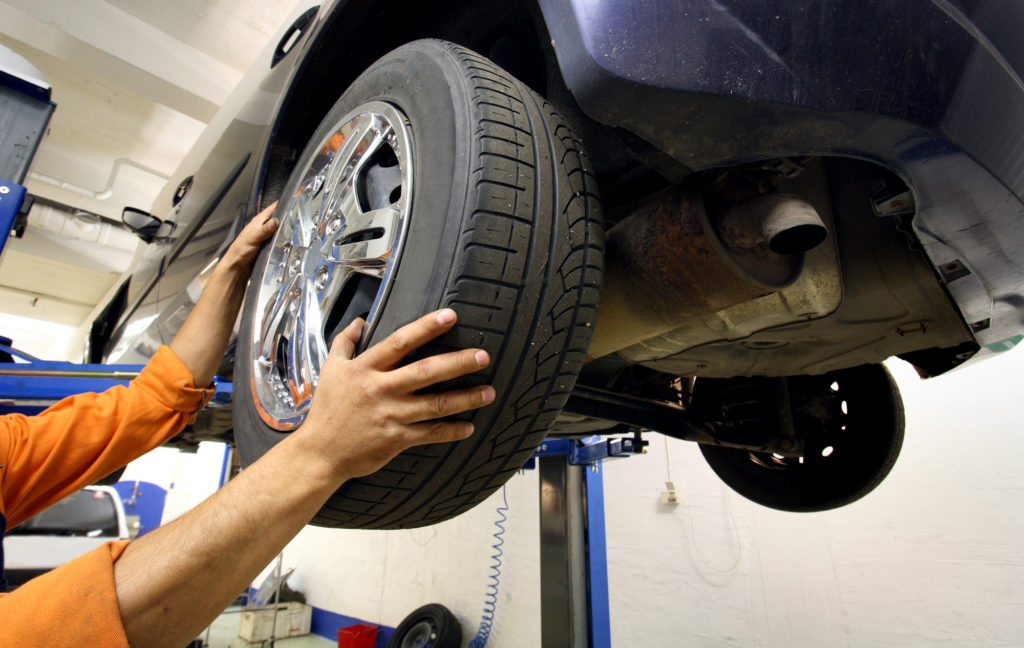
Is It Bad to Put Air in Nitrogen Tires?
It’s not bad to put air in nitrogen tires, but it’s also not good. The more air you add to a nitrogen tire, the more you reduce the nitrogen’s ability to maintain the consistency of the tire’s pressure.
Adding air won’t damage the tire or cause problems, but it speeds up the pressure loss that happens to all tires.
How to Fill Air in Nitrogen Tires?
To add air to a nitrogen tire, you do it the same way you add air to a regular compressed-air tire.
- Remove the valve stem cap.
- Push a tire pressure gauge onto the valve stem to measure the tire’s pounds per square inch (PSI).
- If the reading is lower than the tire’s recommended PSI, you’ll need to add enough air to bring it to the proper pressure.
- If you’re using an air compressor at home, turn it on. If you’re at a gas station with an air hose, the air probably stays on all the time.
- Press the end of the air hose against the valve stem for about ten seconds to add air to the tire.
- Recheck the PSI. If the pressure is still too low, continue adding air five seconds at a time until it reaches the proper pressure.
- If you add too much air, let some out. Press the pin inside the valve stem to release air and achieve the correct pressure.
What About Mixing Nitrogen and Air When Filling Tires?
Adding nitrogen to nitrogen tires is always the better option.
There’s no good reason to mix air and nitrogen unless you need to add pressure to the tire immediately and only have air available.
Nitrogen-Air Mixture in Tires Pros and Cons
When you add air to a nitrogen tire, the advantages of nitrogen remain, though in reduced amounts.
Advantage 1: Slower Pressure Loss
If you add oxygen to a nitrogen tire, the pressure loss will be faster than with a pure nitrogen tire, but it will still be slower than in an air-filled tire.
Advantage 2: Temperature
The more nitrogen in a tire, the better it can maintain a consistent temperature.
Advantage 3: Elasticity
A high nitrogen percentage in a tire that helps resist heat increases its elasticity to keep it from wearing and tearing as fast.
Advantage 4: Specialty Vehicles
More nitrogen in tires on some vehicles like semi-trucks and race cars helps mitigate the heat and pressure the tires are under to make them last longer.
Disadvantages of Nitrogen-Air Mixture in Tires
Despite the benefits, nitrogen is more expensive than compressed air, which you can usually get for free.
Con 1: Small Returns
Most drivers won’t notice a benefit from nitrogen tires, so the expense probably isn’t worth it. Adding a mix to tires reduces its usefulness even further.
Con 2: Cost
It can cost $30 or more to drain tires and fill them with nitrogen, and some places charge $5 to $10 to add nitrogen top-ups. Adding air reduces the benefits of nitrogen and makes the investment less worth it.
Con 3: Refilling With Nitrogen
If you decide to go back to a nitrogen tire, you’ll have to pay to have the tire drained of air and refilled.
Where to Buy Nitrogen for Tires
The best way to get nitrogen tires is to have them filled at a dealership, tire dealer, or garage that offers it.
If you prefer to DIY, you can buy a home nitrogen inflation kit as well as nitrogen cylinders from garages that sell them. You’ll still need to have a tire drained of air and filled with nitrogen first to be able to add nitrogen at home and maintain its benefits.

